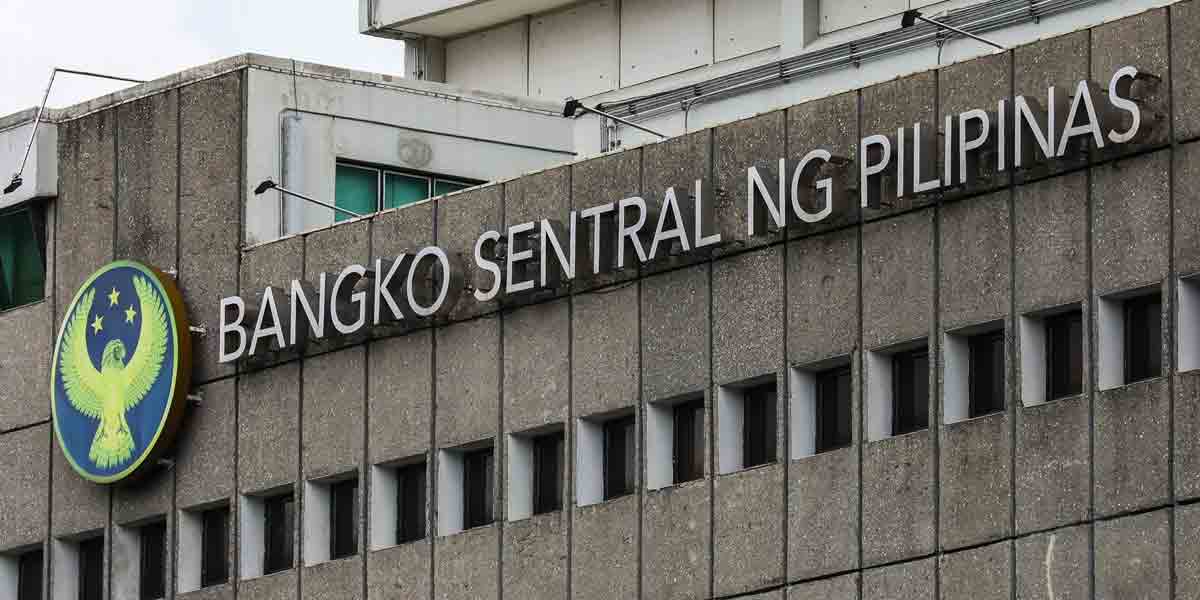The total current operating income of the local government units (LGUs), mainly provinces, cities, and municipalities, rose by 19.4 percent in the first quarter of 2022 to P319.42 billion compared to the P267.55 billion reported in the same period of 2021, as a result of this year’s kick-off implementation of the Supreme Court (SC) ruling that increased their share in national tax collections.
Preliminary data gathered by the Bureau of Local Government Finance (BLGF) from the financial reports of all local treasurers for the first quarter show that their sources of revenues from external sources reached P184.45 billion or 58 percent of their total current operating income, while the share of local sources, such as the collection of local taxes and fees, amounted to P134.97 billion or 42 percent.
Under the SC ruling, LGUs get a bigger share in the collections of national taxes, with the high court stating that their internal revenue allotment (IRA) should come from 40 percent of all national taxes collected by the Bureaus of Internal Revenue (BIR) and of Customs.
Under the old system, the IRA share of LGUs came only from the taxes collected by the BIR.
The implementation of the SC ruling started this year, with the IRA renamed as the National Tax Allotment (NTA).
Thus, for the first quarter of 2022, the increase in the current operating income of LGUs, excluding the barangays, is mostly attributed to the NTA, which totaled P180.12 billion or 31-percent more than the P137.55 billion they received for the same period last year, said BLGF Executive Director Niño Raymond Alvina in his report to Finance Secretary Carlos Dominguez III.
Overall, when the barangays’ shares are included in the amount of P47.95 billion, the total NTA received by all LGUs during the period increased by 32 percent, from P172.33 billion in the first quarter of 2021 to P228.07 billion in the first quarter of 2022.
Citing preliminary data, Alvina said that LGU revenue generation showed positive signs of recovery in the first quarter of 2022, as locally sourced revenues (LSRs) reached P134.97 billion, representing an increase of 8.6 percent from P124.27 billion in the same period last year.
Last year, the total current operating income of LGUs amounted to P871.3 billion, which was 4.48 percent higher than the P833.92 billion reported in 2020.
Alvina said the increase was mostly because of the growth in the IRA, which accounted for P554.02 billion of the current operating income of LGUs. This was 7.35 percent higher than 2020’s P516.07 billion.
As of Fiscal Year 2021, the amount of available LGU funds left for operations was P263.12 billion, which represents the estimated free cash of LGUs after deducting prior year accounts payables, obligations not yet due and demandable, and obligations for projects charged to continuing appropriations, Alvina said.
Cities have the biggest available funds at P102.27 billion; followed by municipalities with P97.82 billion; and provinces, P63.13 billion.
As for collection performance goals, Alvina said that based on the targets issued by the BLGF to all local treasurers for 2021, “the local revenue collections of provinces, cities, and municipalities surpassed the full-year collection target, reaching 111.56 percent efficiency and posted P249.78 billion collections out of the P223.9 billion target.”
He said revenues from local business taxes amounting to P113.16 billion, which account for 45 percent of the LSR, recorded a 115.76- percent collection efficiency during this period.
Other revenue sources recorded more than 100 percent collection efficiency, with real property tax at 102.85 percent (P78.2 billion), fees and charges at 122.15 percent (P36.36 billion), and receipts from economic enterprises at 108.4 percent (P22.06 billion).
Collections of LGUs from LSRs in 2021 rose 1.44 percent to P256.21 billion compared to P252.57 billion during the same period in 2020, with tax revenues of P191.36 billion being the main contributor to the revenue take, of which 44.2 percent or P113.16 billion came from local business taxes.
Cities collected the highest LSR at P175.3 billion, which is 68 percent of the total for all LGUs, followed by municipalities and provinces, with P49.97 billion (20 percent) and P30.94 billion (12 percent) in collections, respectively.
In aggregate terms, the LGUs’ dependence on external sources in 2021 (P615.08 billion) reached 71 percent, which is 5.8 percent or P33.73 billion higher than the 2020 level of P581.35 billion, Alvina said.
“On IRA dependence, most of the LGUs last year continued to rely on the IRA, which is 64 percent (P554.02 billion) of their total current operating income.
Provinces posted the highest dependence at 78 percent or P159.01 billion of their total current operating income of P205.01 billion.
“This was followed by municipalities at 75 percent or P235.1 billion of their total current operating income of P314.35 billion, and cities at 45 percent or P159.51 billion of their total current operating income of P351.94 billion,” he said.
Alvina said the regions of Mindoro-Marinduque-Romblon-Palawan (MIMAROPA), Western Visayas (Region VI), Central Visayas (Region VII), Eastern Visayas (Region VIII), South Cotabato-Cotabato-Sultan Kudarat-Sarangani-General Santos City (SOCCSKSARGEN, Region XII), and the Bangsamoro Autonomous Region in Muslim Mindanao (BARMM) posted negative revenue growths in 2021.
“On a per LGU basis, there were 495 LGUs, or 29 percent of the total number of LGUs, that experienced declines in LSR in 2021, namely 32 provinces, 69 cities, and 394 municipalities. While the growth in LSR is positive at aggregate levels, the number of individual LGUs with year-on-year decline in LSR is notable. Almost half of the cities had decreased LSR in 2021 as compared to 2020,” Alvina said.
In a parallel initiative, the BLGF has requested in December 2021 the Department of the Interior and Local Government (DILG) to start engaging the barangays to report their financial statements to the BLGF, pursuant to DBM-DOF-DILG Joint Memorandum Circular (JMC) No. 2018-11 dated 12 July 2018, to capture the full fiscal position of all LGUs in the country, especially with the implementation of the Mandanas-Garcia Ruling.





















